
News : |
Prosperity Road – The 2nd Asian Furniture Development Forum was held in Shanghai
On September 12, 2017, the Prosperity Road – The 2nd Asian Furniture Development Forum held in Shanghai, China. This forum was jointly sponsored by China National Furniture Association, Council of Asia Furniture Association, UBM Sinoexpo. Aiming to respond to “The Belt and Road” Initiative, promote the pragmatic innovation and win-win cooperation of the furniture industry in various countries, and realize industrial synergy and common development. This forum invited government officials, association representatives, business leaders and famous designers from Asian and European to attend, and attracted more than 200 representatives, experts, media and spectators.
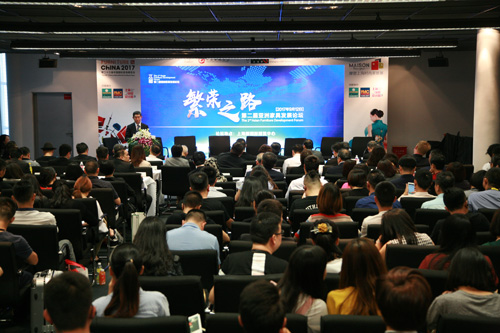
Leaders and guests attending the forum include: President of China National Furniture Association (CNFA), Chairman of Council of Asia Furniture Associations(CAFA), Mr. Zhu Changling. Vice Secretary General of CNFA, Secretary General of CAFA, Ms. Linda Tu Qi. The Founder and Director of Shanghai UBM Sinoexpo International Exhibition Co., Ltd, Mr. Wang Mingliang. Chairman / President of QuMei Home Furnishings Group Co., Ltd, Mr. Zhao Ruihai. Chairman of Guangzhou Shangpin Home Collection Co., Ltd, Mr. Li Lianzhu. Associate Dean of the College of Furnishings and Industrial Design of Nanjing Forestry University, Professor and Doctoral supervisor, Mr. Wu Zhihui. Special Designer of SUNMORE Furniture, Mr. Eiri Iwakura. Collector, Founder of YANG DESIGN and YANG HOUSE, Top Influential Chinese Designer by Forbes, Guest professor of Tongji University, Mr, Jamy Yang. Top interior designer, founder of W. DESIGN, W+S DECO GROUP, Mr. Ben Wu. Creative Director of Day Day Up Design Consultants, member of Alliance Graphique Internationale(AGI), Mr. Hong Wei. The Founder of DOMO nature, Ms. Lai Yanan. Program Manager of Canada Wood Group, Mr. Wayne Iversen. Vice Chairman of Council of Asia Furniture Associations(CAFA), Vice President of Thai Furniture Industries Association (TFA), Mr. Jirawat Tangkijngamwong. Vice Chairman of CAFA, Advisor of Malaysian Furniture Council (MFC),Mr. Sunny Ter. Advisor of CAFA, Ms. Koh Sok Yan. Advisor of CAFA, Mr. Casey Loo. Chairman of Malaysian Furniture Council(MFC),Mr. Chua Chun Chai. Vice Chairman of Association of Turkish Furniture Manufacturers(MOSDER), Mr. Bulent Bayram. Secretary General Of MOSDER, Ms. Gonul Cinar. Chairman of All Pakistan Furniture Makers Association(APFMA), Mr. Ali Ansar Ghumman. Honorary President of Singapore Furniture Association(SFA), Mr. Lim Cheok Sin. Vice President of SFA, Mr. Paul Keng. Executive Director of Iran National Council of Furniture & Decoration & Correlated Industries(NCFDC), Mr. Ali Molaei. Vice President of Indonesia Furniture Industry& Handicraft Association(ASMINDO), Mr. Rudy T. Luwia. Vice President of Design and Resource Development of Indonesian Furniture and Craft Industry Association(HIMKI),Mr. Satori. Vice Chairman of TFA, Ms. Nuntawee Pitakteeratham. Chairman of Hong Kong Furniture & Decoration Trade Association Limited(HKF&DA),Mr. Eric Yim. Vice President of Taiwan Furniture Chambers of Commerce(TFCC), Mr.Qiu Jingchang. Managing Director of Chamber of Furniture Industries of the Philippines (CFIP), Mr. Salvio L. Valenzuela. Chairman and Secretary General of China Provincial Furniture Association.

Mr. Zhu Changling made a speech. He said that the Asia-Pacific region is the world's largest furniture manufacturing and consumer market. In 2016, the total furniture production in the Asia-Pacific region exceeded US$230 billion, accounting for more than half of the total global furniture production. China is the world's largest producer and exporter of furniture. It has the responsibility and ability to contribute to the prosperity of the furniture industry in Asia and the world. CNFA will continue its efforts to this end.

Vice Secretary General of CNFA, Secretary General of CAFA, Ms. Tu Qi presided over the forum. The forum started discussions on aspects such as traditional culture, contemporary design, market changes, international cooperation, industrial transformation and upgrading, and industrial green development. Fourteen dialogue guests conducted in-depth exchanges to discuss the path to the common prosperity of the Asian furniture industry and the future direction of development.
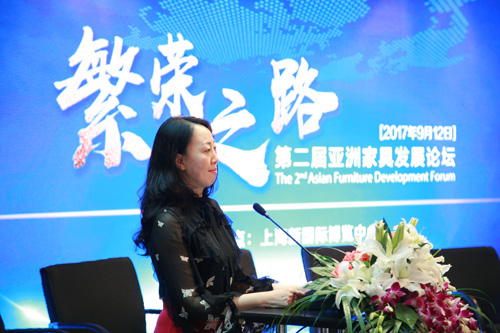
The forum divided into two dialogue sections. The seven guests who participated in the "Design Road" in the first dialogue session were: Zhao Ruihai, Eiri Iwakura, Jamy Yang, Ben Wu, Hong Wei, Lai Yanan, and Jirawat Tangkijngawong. The dialogue started from the transformation of Asian furniture design, discussed the current status of the furniture industry design, and looked forward to the industry and the future development of the design. The dialogue guests shared the feelings of many years of experience in the industry. From the perspectives of product design, interior design, and corporate management, they gave wonderful answers to questions raised by the host.
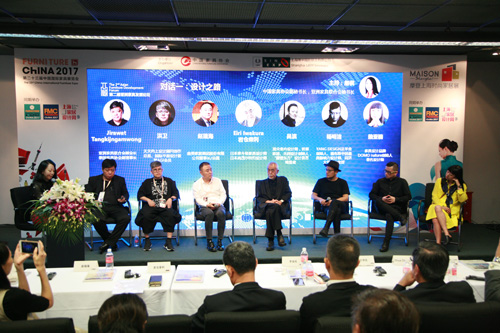
Contemporary Chinese furniture design has limitations, and the cultural spirit it embodies is easier to be loved by the Chinese, but it is difficult for foreigners to accept it. Hoped that in the future, Chinese furniture will go global and be favored by more people. Contemporary design needs comprehensive consideration. Factors such as resources, environment, culture, consumption, etc., require entrepreneurs and designers to strengthen mutual learning. Whether it is a project or a commodity, it is necessary to have a good design to win the market. --Mr. Zhao Ruihai

Compared with China and the west countries, Japanese design has its own characteristics. The Japanese culture is the island culture, while the Chinese culture is the continental culture, the different culture determines the different design. At the same time, the Japanese design is the subtraction design, the western design is the addition design, and the two are distinctly different in the design concept. When I design a product, I will not deliberately consider the price positioning of the product. If it can be both good design, high quality and low price, it must be a good product, and it is also the design direction I pursue. –Mr. Eiri Iwakura
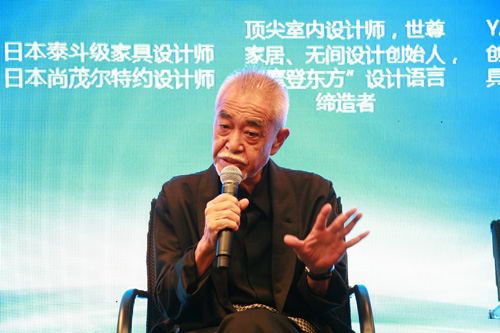
When we overemphasize the ‘Chinese design’, it reflects the dual psychology of Chinese people's inferiority and self-esteem. China's traditional culture has been passed down to a certain extent, but China's traditional design has not been well inherited. The design of contemporary China has developed rapidly after the Reform and Opening-up, so there is a break between design and culture. The greatest power to push Chinese design to the world is not designers nor manufacturers, but a Chinese economic takeoff and cultural revival. –Mr. Jamy Yang

When Chinese design goes to the world and insists on its own characteristics, it depends on the power of culture, not only the traditional concrete symbols. Because the artistic conception of the oriental culture reflects the relationship between man and nature, it is common in the East and the West and is more easily accepted by the world. At this stage, Chinese design is accumulating a large number of cases and experiences. In the future, its influence will be great. –Mr. Ben Wu
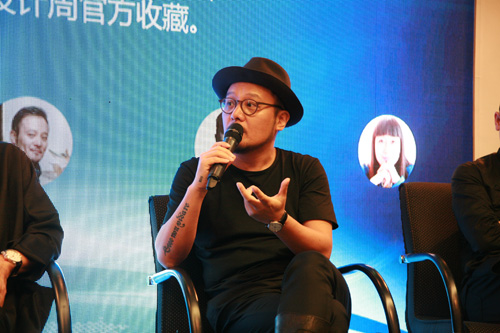
Some of the designs that I have seen are just stiffly copying Chinese traditional culture, which is boring. Chinese designers need to calm down and think in order to avoid being in form. The design ultimately needs to return to the person itself. The so-called internationalization of design is to seek common ground in the general direction of people's needs and to preserve differences in regional culture. Only in this way can the design be able to blossom gorgeously. –Mr. Hong Wei
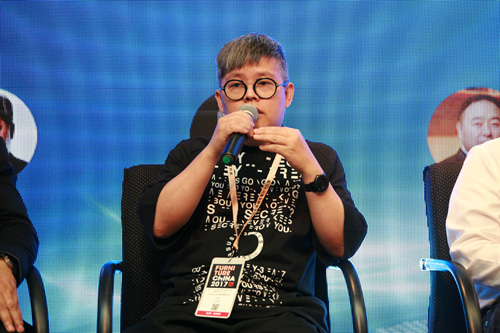
Good design is to match the market marketing, the real feelings of design expression, is the best means of sales promotion. At the same time, good design should also reflect the respect, considerate, care and love of people. Therefore, what I want to design is not a house, not a space, but a way of life. –Ms. Lai Yanan
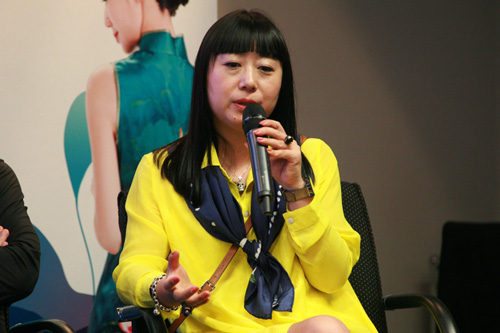
Comfort, environmental protection, health, these factors are the directions of furniture design in the future. Designers should pay more attention to human factors besides focus on fashion. – Mr. Jirawat Tangkijngawong
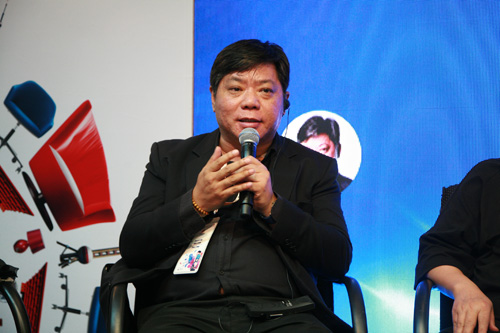
The seven guests who participated in the " Development Road" in the second dialogue session were: Wang Mingliang, Li Lianzhu, Wu Zhihui, Wayne Iversen, Chua Chun Chai, Ali Ansar Ghumman and Paul Keng. Dialogue takes the impact of the B&R initiative on the world as an entry point, and discusses the future development direction of the furniture industry and the coordinated development of industries in various countries from the perspectives of science and technology, sustainability, and transformation and upgrading.
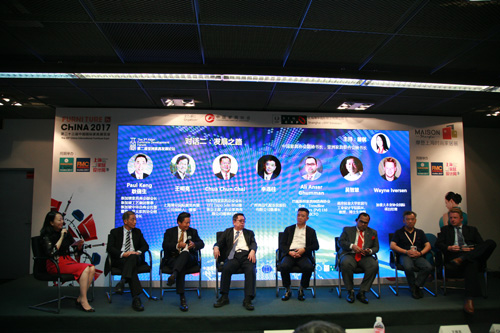
Since its creation in 1993, Furniture China has undergone many changes and has made many achievements. At present, Furniture China is not only following the demand of the market, but also leading the development of the market. The concept of "export oriented, high-end domestic marketing, original design and high-end manufacturing" has already run through all aspects of Furniture China. It is believed that in the future, Furniture China will be guided by these words, and will accompany China's furniture industry to go higher and farther. --Mr. Wang Mingliang

This category of custom furniture has achieved very rapid development in the past 10 years. The matching background is the encouragement and support of the government for the transformation and upgrading of traditional enterprises over the years. Thinking carefully about the differences between custom furniture companies and traditional furniture companies is the possibility that custom furniture companies can provide better and more services to consumers. Whether furniture manufacturers need to change to service manufacturers or manufacturing service providers. This is question is we all need to think about. –Mr. Li Lianzhu

In recent years, the overall progress of the furniture industry has been very rapid, much faster than the first two decades of China’s reform and opening up. Referring to the successful experience of outstanding companies in the industry, we can see that industrialization, standardization, and informatization are the basic conditions for enterprises to achieve large-scale customization, and are an important direction for industrial transformation and upgrading. --Mr. Wu Zhihui
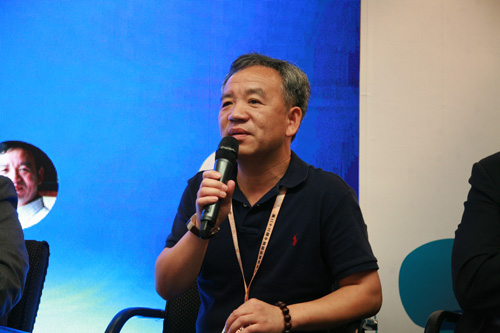
What we want to do is not only to promote the commercial promotion of timber of Canada, but also to promote a sustainable lifestyle. With the growing population of the world and the increasing standard of living, the demand for resources will continue to expand. Canada has rich experience in forest resources management, and we hopes to share the experience of sustainable development with all you people. In addition, for the last round of the dialog of the design, I think that good design also needs to consider the sustainable development of resources. –Mr. Wayne Iversen

Malaysia's furniture industry is very solid foundation, there are many cooperation projects in with China in "The Belt and Road". We encourage and expect Chinese furniture enterprises to invest in Malaysia, Giving full play to the advantages of China and Malaysia as a big exporter of furniture, strengthen cooperation and win-win. --Mr. Chua Chun Chai
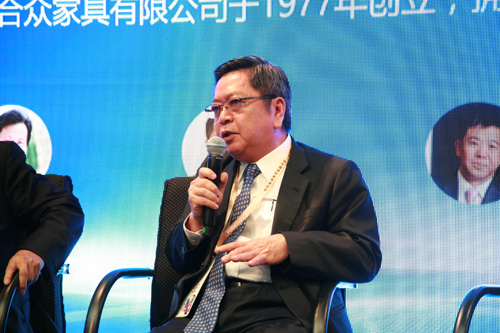
Pakistan is one of the countries that have benefited most from “The Belt and Road” strategy. We very much welcome friends from China and other Asian countries to invest in Pakistan. Pakistan's furniture industry is not large, but furniture products are very characteristic. We hope Pakistan's furniture and handicrafts can be enjoyed by everyone. – Mr. Ali Ansar Ghumman
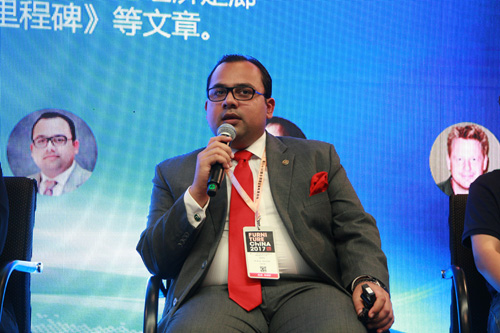
Singapore is a small country with a weak base in manufacturing, but has a unique advantage in economic, trade and technology. Chinese furniture industry has made great progress in the past decades, The days of “All roads lead to Beijing” are not far from far. The Singaporean furniture industry has an open and friendly attitude, and hopes to cooperate with other countries to create more economic benefits and achieve long-term development. –Mr. Paul Keng

MR. Zhu Changling honorary certificates to 14 distinguished guests.
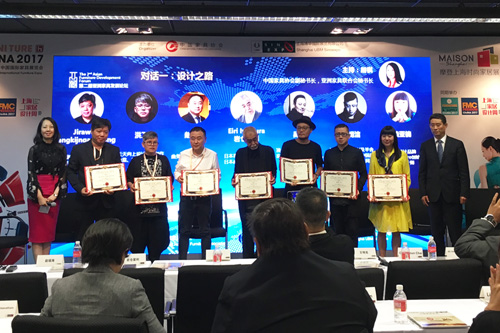 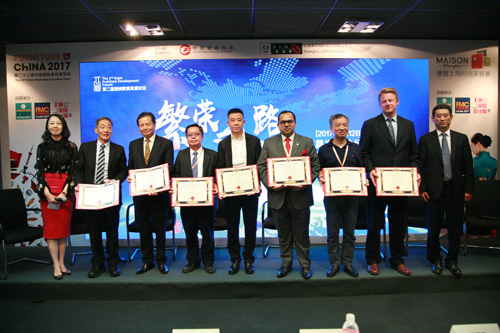
In questions session, MR. Zhao Ruihai talk about the <Formaldehyde Standards for Composite Wood Act>, he said that the technology level of many domestic enterprises has been able to meet the requirements of this standard. The use of formaldehyde free coatings and adhesives is also an industry trend. Chinese furniture enterprises have the ability to adapt to all kinds of standard requirements of China and the world. MR. Li Lianzhu answered the question of “How do hardware enterprises strengthen the cooperation with the furniture enterprises”. He said that custom furniture enterprises have the first-hand data about hardware, sheet and other accessories. Internet and big data technology enable furniture enterprises to provide services and support for upstream hardware businesses while serving consumers.
The 2nd Asian Furniture Development Forum has gathered industry representatives from different countries and different fields. Everyone have fully discussed the design and development of furniture and related industries, which not only increased the consensus, but also inspired the forum.
|
|




